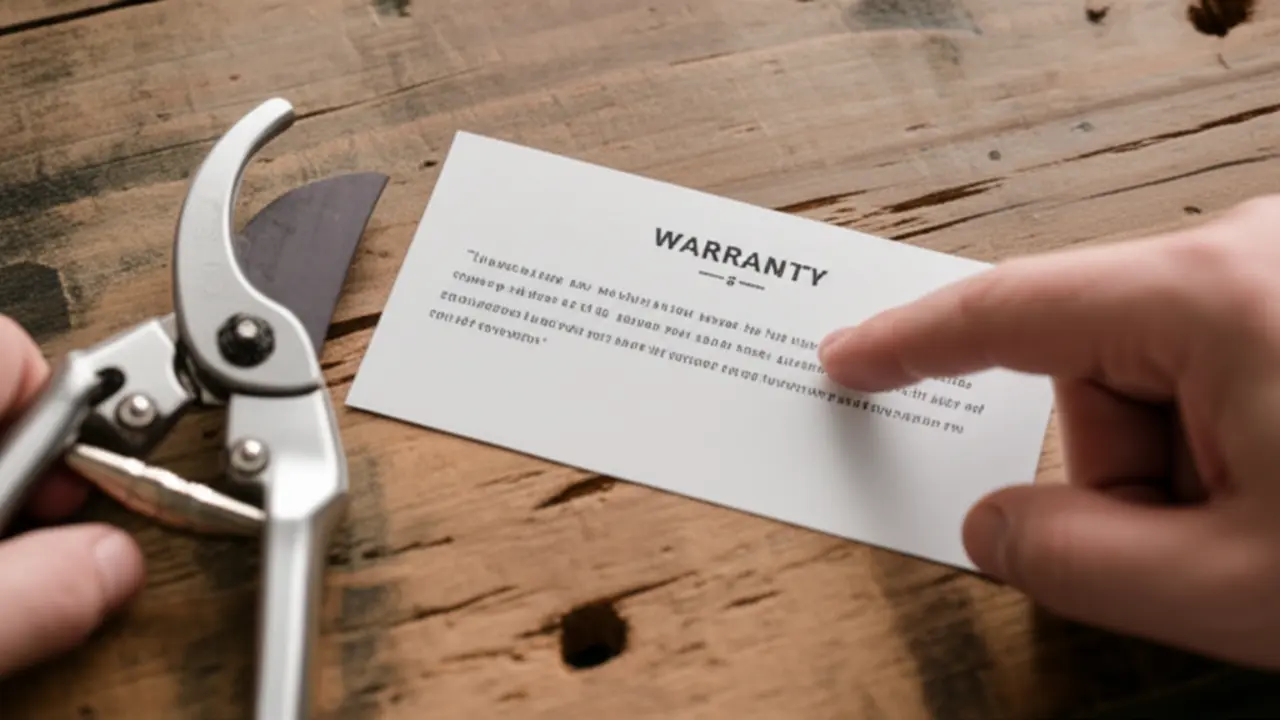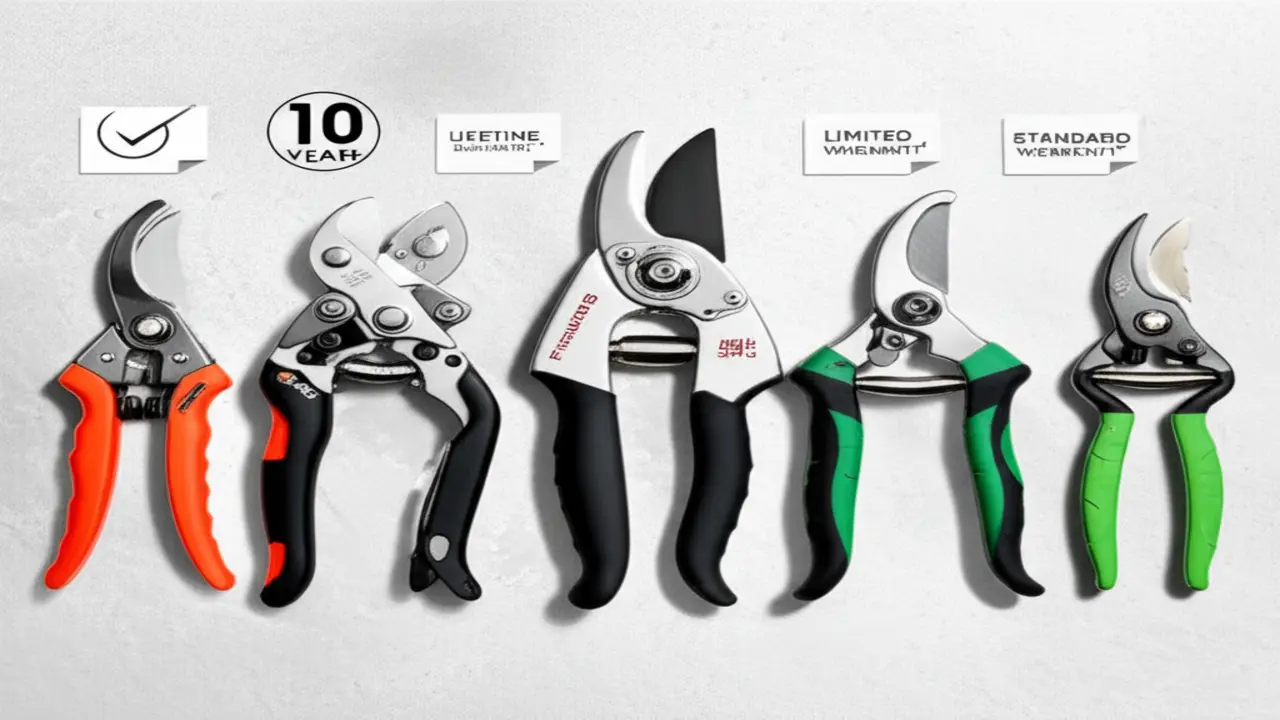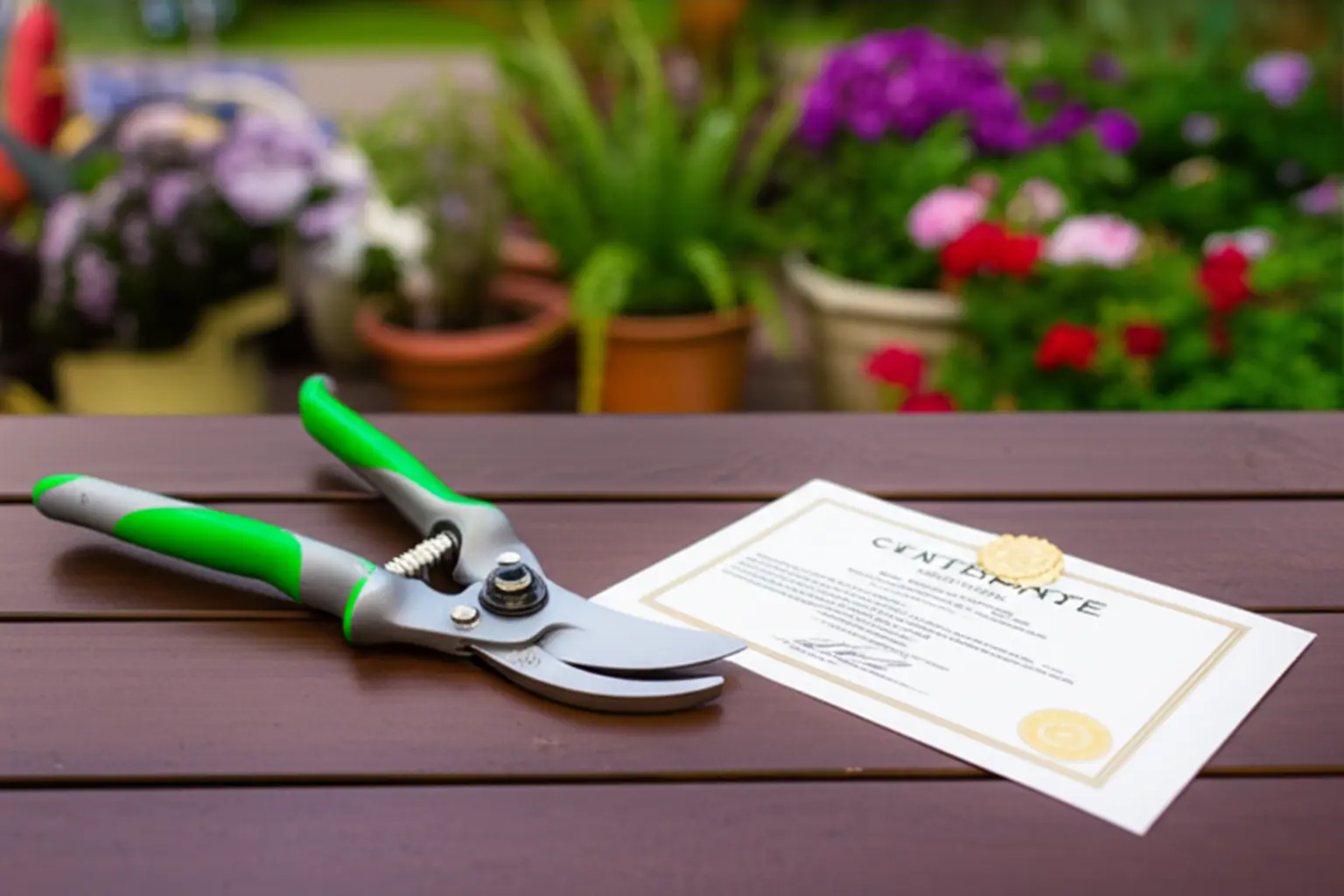 Thank you for reading this post, don't forget to subscribe!
Thank you for reading this post, don't forget to subscribe!
1. Understanding Pruning Shears Warranties

2. Key Components of a Pruning Shears Warranty
Most policies are built around three core elements:
* Duration: The length of coverage can range from a one-year limited warranty on basic models to a full lifetime guarantee on professional-grade tools. This is the first detail to check.
* Coverage Specifics: A warranty typically covers “defects in materials and workmanship”. This means if a handle cracks or a spring fails under normal use, you are protected. However, it does not cover “wear and tear”. A blade that becomes dull from frequent pruning, for example, is considered routine maintenance. Knowing how to sharpen pruning shears is a user responsibility.
* Exclusions: Be aware of actions that will void the warranty. Using your shears to cut wire, allowing them to rust from neglect, or modifying the tool will almost always nullify your claim.
3. Navigating Warranty Claims for Pruning Shears

4. Brand-Specific Warranty Policies: A Comparative Analysis
5. Common Warranty Exclusions and How to Avoid Them

6. Troubleshooting Warranty Denials
* Misuse or Abuse: Using shears on materials like wire, or forcing them through limbs that require pruning shears for thick branches, can void the warranty.
* Improper Maintenance: Neglect, such as allowing rust to form from poor cleaning or failing to replace worn parts, is a frequent reason for denial.
* Lack of Proof: The most common issue is the inability to provide a valid proof of purchase that falls within the warranty period.
* Unauthorized Alterations: Any modification to the tool not approved by the manufacturer can immediately invalidate your claim.
If your claim was denied, gather clear photo evidence of the defect, find your receipt, and contact the company again. Politely explain why you believe the damage is a manufacturing fault and not due to the reasons listed above. A well-documented, clear appeal has a much higher chance of success.

7. Registering Your Pruning Shears for Warranty
8. Pruning Shears Warranty FAQs
– What does a “lifetime” warranty actually mean? It typically covers manufacturing defects for the expected life of the tool, not the owner’s life. This means issues like a faulty locking mechanism or a handle that breaks under normal pressure are usually covered. It does not cover normal wear from use, such as a dull blade. For that, you would likely need to look into a pruning shears blade replacement.
– What if I lost my receipt? Many companies now accept digital proof, such as an email confirmation or a credit card statement. Registering your product online when you buy it is the best way to secure your warranty.
– Mail-in vs. In-store claims: In-store claims can be quicker for an immediate resolution, but are only possible at the original point of sale. Mail-in claims go directly to the manufacturer, which is necessary for online purchases but involves shipping time.

